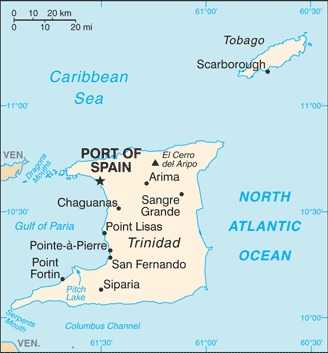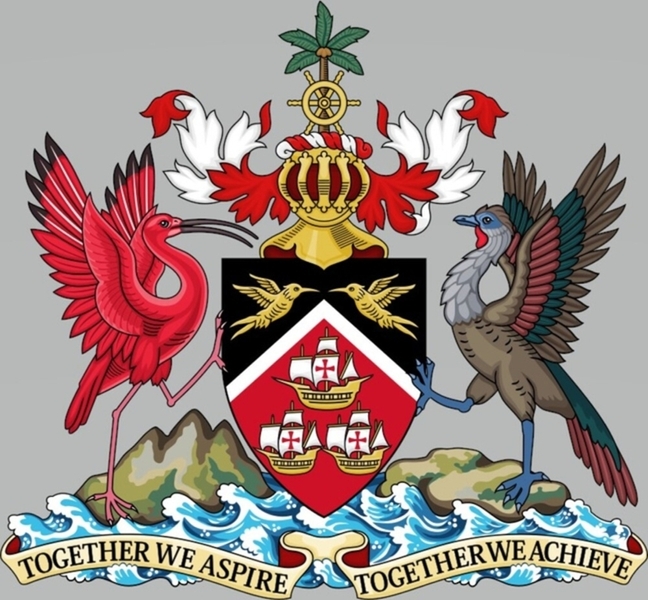Introduction
Visit the Definitions and Notes page to view a description of each topic.
Geography
People and Society
Population
comparison rankings: total 157; female 155; male 157
Median age
comparison ranking: total 73
Population growth rate
comparison ranking: 188
Birth rate
comparison ranking: 176
Death rate
comparison ranking: 71
Net migration rate
comparison ranking: 142
Maternal mortality ratio
comparison ranking: 115
Infant mortality rate
comparison ranking: total 94
Life expectancy at birth
comparison ranking: total population 107
Total fertility rate
comparison ranking: 174
Obesity - adult prevalence rate
comparison ranking: 117
Alcohol consumption per capita
comparison ranking: total 74
Education expenditures
comparison ranking: 112
Environment
Revenue from forest resources
comparison ranking: 127
Revenue from coal
comparison ranking: 103
Government
Economy
Real GDP (purchasing power parity)
comparison ranking: 134
Real GDP growth rate
comparison ranking: 156
Real GDP per capita
comparison ranking: 76
Inflation rate (consumer prices)
comparison ranking: 100
GDP - composition, by sector of origin
comparison rankings: services 162; industry 11; agriculture 181
Industrial production growth rate
comparison ranking: 99
Labor force
comparison ranking: 157
Unemployment rate
comparison ranking: 82
Youth unemployment rate (ages 15-24)
comparison ranking: total 134
Public debt
comparison ranking: 126
Taxes and other revenues
comparison ranking: 121
Current account balance
comparison ranking: 39
Reserves of foreign exchange and gold
comparison ranking: 93
Energy
Electricity
comparison rankings: transmission/distribution losses 80; consumption 109; installed generating capacity 120
Carbon dioxide emissions
comparison ranking: total emissions 68
Communications
Telephones - fixed lines
comparison ranking: total subscriptions 105
Telephones - mobile cellular
comparison ranking: total subscriptions 151
Broadband - fixed subscriptions
comparison ranking: total 107
Transportation
Merchant marine
comparison ranking: total 88






